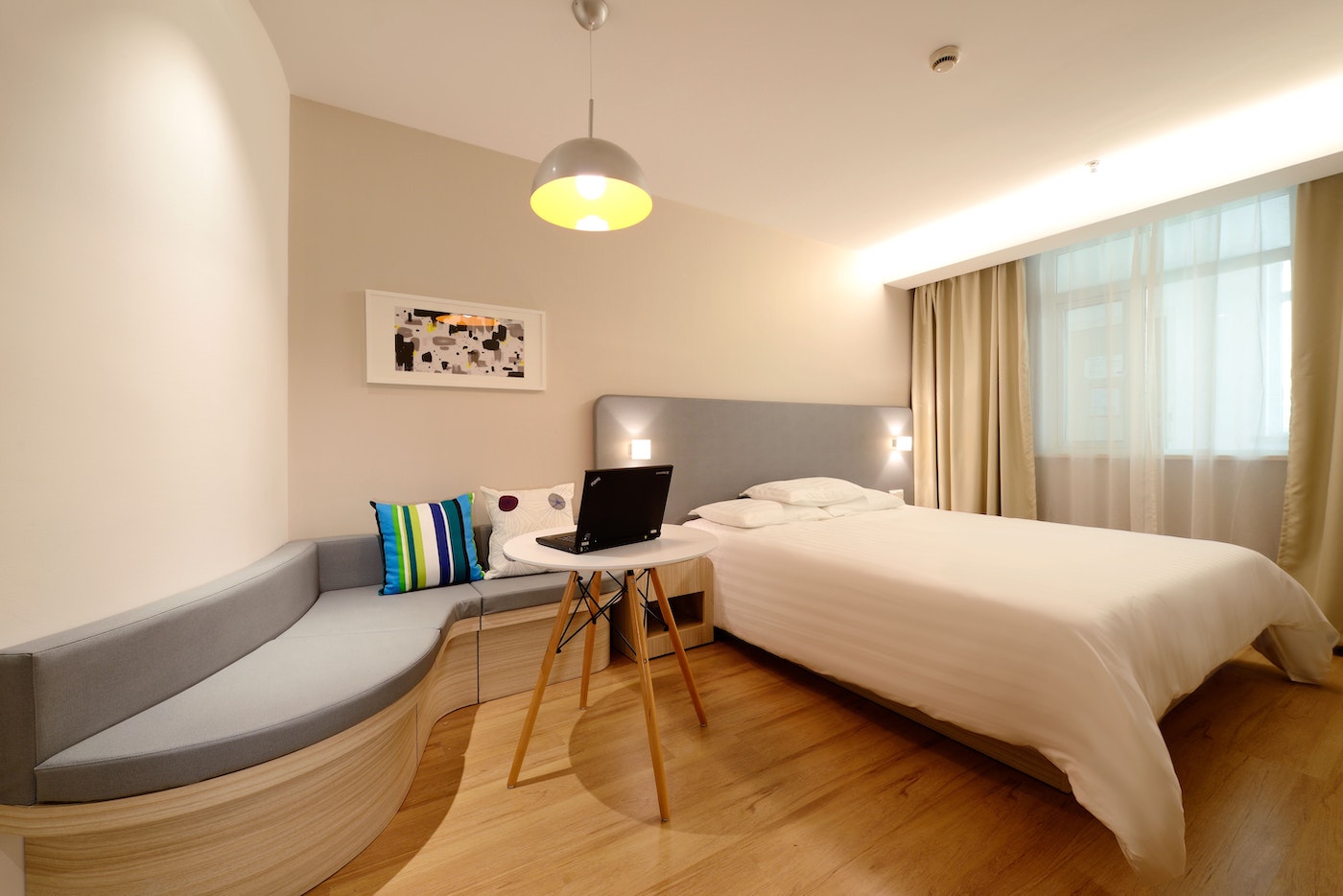
How Much Rent Can I Afford? How to Budget for Rental Costs

When you’re searching for a new place to live, one of the first things you might think about is how much you can afford to pay for your next apartment. You’ve probably heard about the 30% rent affordability rule, which says that you shouldn’t spend more than 30% of your gross monthly income on rent. But, in some areas, it’s pretty much impossible to meet that requirement, thanks to high rental costs. In places like New York City and Los Angeles, most renters are “cost-burdened,” meaning they spend well over 30% of their annual salary on rent, according to Pew Research.
To figure out how what a comfortable monthly rent cost is, look beyond your rent-to-income ratio. Everyone’s financial situation is different, so there’s no real one-size-fits-all answer to the age-old question “What is affordable rent?”
How much rent can I afford?
Following the 30% rule might look something like this:
- If your gross income is $10,000 per month: You can afford a $3,000 monthly rent.
- If your gross income is $6,667 per month: You can afford a $2,000 monthly rent.
- If your gross income is $5,000 per month: You can afford a $1,500 monthly rent.
- If your gross income is $3,500 per month: You can afford a $1,050 monthly rent.
The median monthly rent price is now over $2,000, according to NPR, making it difficult to find an apartment that follows the 30% rent rule if your annual salary is less than $80,000 or your monthly income is under $6,667.
You might as well throw the old 30% rule out the window, as it’s just not relevant for most people anymore. The New York Times reports that, as of 2016, more than 38 million households spent more than 30% of their income on rent, and about 25% of those households spent more than half of their income on rent.
Instead of focusing on rental costs as a percentage of your income, consider how your rent costs fit into your big-picture financial goals. For example, if you have a lot of student loan debt, you might prioritize paying that down over spending a lot on rent. The same is true if you have a car payment or debt payments. You might also want to focus on saving an emergency fund or for retirement.
Paying a higher monthly rent can make sense if you live in an area that lets you keep your other living expenses low. If you move to a big city like New York, rents are high, but you can get by without owning a car. Some rental prices include features that you’d have to pay extra for otherwise, such as in-unit laundry, on-site gyms, and included utilities.
Try the 50-30-20 percent rule
A more realistic approach to figuring out what you can afford for a monthly rent payment is the 50-30-20 budgeting method. Using the 50-30-20 percent rule, you break down your after-tax, monthly income like this:
- 50% goes towards needs
- 30% goes towards wants
- 20% goes toward debt payments and savings
If you decide to try the 50-30-20 approach, things that fall under the “needs” category include:
- Rent costs
- Essential utilities, such as water, electric, and gas
- Renters insurance
- Health insurance
- Everyday transportation expenses, such as gasoline or subway pass
- Basic food
- Minimum credit card and debt payments
Things that go into the “want” category include:
- Meals out and takeout
- Home decor
- Streaming and magazine subscriptions
- Concerts, movies, and sporting events
- Travel
In the debt and savings category, include:
- Retirement savings
- Emergency fund savings
- Debt payments over the minimum due
Using the 50-30-20 budget, you can make adjustments as needed and see how much you can afford for rent compared to your other living and housing expenses. Let’s look at how much rent you can afford with $6,000 net income (after-tax) and the following monthly expenses:
- Renter’s insurance: $50
- Health insurance: $300
- Subway pass: $100
- Utilities: $200
- Credit card payment: $100
- Student loan payment: $500
- Groceries: $300
So far, your monthly “needs” add up to $1,550, leaving you $1,450 left for rent. In a high-cost-of-living area, that can be tricky to find.
But since the 50-30-20 budget gives you flexibility, you still have 30% of your net income ($1,800) left for “wants,” or non-essentials. If needed, you can push part of the cost of your rent into the want category. You’ll have less to spend on restaurant meals and concert tickets, but it might be worth it if it means living in a new apartment in a hip neighborhood instead of a run-down place in an inconvenient part of town.
Other rental costs to consider
Renting often has more costs than the monthly payment listed on your lease. Many landlords want you to shell out two to three months’ worth of rent when you move in. It’s also common to pay a security deposit worth one month’s rent, plus the first and last month’s rent when you get the keys to your apartment. Your landlord might also charge other move-in fees, like application and credit score fees or a pet deposit.
If you’re moving into an apartment that isn’t furnished, you’ll have to hire movers or lease a moving truck to haul all your stuff to your new place. You might also have to buy all new furniture if it’s your first apartment or if you’re upgrading from a one-bedroom to a two-bedroom.
How to save money when renting
You’ve crunched the numbers and you just can’t make the cost of rent in the area you want to live work with your budget. Luckily, you have options. First, look for ways to cut your other expenses. Choosing an apartment that includes utilities in the rent payment is one way to trim your other costs. So is finding an apartment that has lots of amenities, such as free WiFi, in-apartment laundry, and a gym on-site.
Another tried-and-true way to cut your rent payment is to find a roommate. Obviously, living with a roommate isn’t for everyone, but it can be a good idea if it means you can afford a bigger or better place.
Finally, look for a place that doesn’t charge a lot of one-time or non-refundable fees. When you live with Landing, you get access to a network of fully furnished apartments with no application fees or security deposits. Plus, since all of our apartments are furnished, you don’t have to hire a moving company. You’ll save money, time, and hassle when you join Landing. Learn more what a Landing membership can do for you today!









